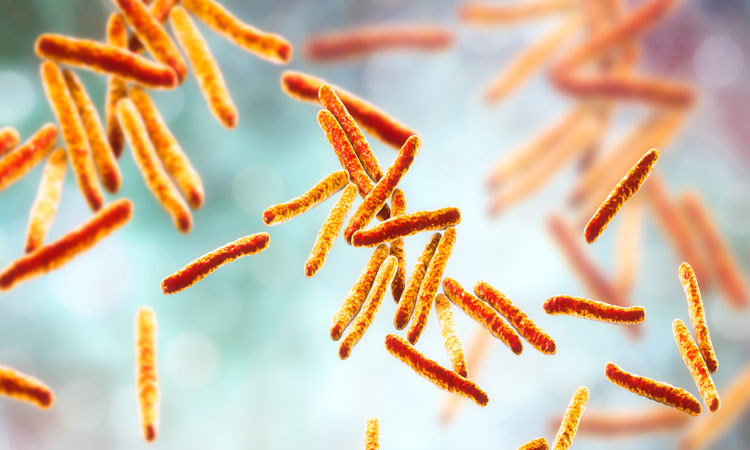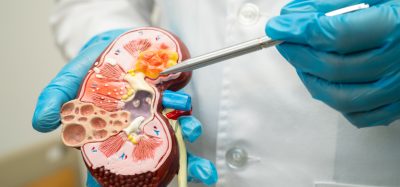New treatment possible to tackle drug-resistant strains of TB
Posted: 5 December 2019 | Rachael Harper (Drug Target Review) | No comments yet
A new discovery could lead to the development of a drug for untreatable strains of TB, which can target uptake of the very amino acid that enables the bacteria to spread within the body.


A new discovery could lead to novel drugs becoming a possibility to treat strains of tuberculosis (TB) which have become resistant to treatment.
Researchers from the University of Surrey, UK have identified the source of nitrogen in host blood cells that allows the pathogen Mycobacterium tuberculosis or the TB bacillus to make proteins and DNA. Preventing access to nitrogen will stop the TB bacillus from growing inside blood cells and halt the spread of the disease in humans.
To investigate the source of nitrogen for the TB bacillus in blood cells, researchers developed a new computational technique called 15N-Flux Spectral Ratio Analysis (15N-FSRA) to learn more about nitrogen metabolism. 15N is a non-radioactive isotope of nitrogen that can be tracked by mass spectrometry.
TB bacillus acquires most of its nitrogen from the host cell amino acid, glutamine”
In the first step of this study, blood cells were fed with different potential nitrogen sources labelled 15N, enabling the researchers to observe the results. The cells were then infected with TB bacillus and allowed to replicate and take nitrogen from the host cell. Protein from both blood cells and TB cells were recovered allowing researchers to track by mass spectrometry the route by which the 15N went from the host cell to TB bacillus.
Using 15N-FRSA, it was discovered that TB bacillus acquires most of its nitrogen from the host cell amino acid, glutamine, which an important amino acid with many functions in the body and are key components of proteins and a critical part of the immune system.
This discovery could enable researchers to develop new anti TB drugs to target the transportation and metabolism of glutamine in the body, which will prevent Mycobacterium tuberculosis, or TB bacillus, accessing the nitrogen it needs to survive and replicate, the researchers said
“TB is one the world’s deadliest infectious disease and it is very worrying that many strains are becoming resistant to drugs,” said Johnjoe McFadden, Professor of Molecular Genetics at the University of Surrey. “To combat this threat we need to think innovatively and develop novel therapies to prevent an epidemic of TB strains that we are unable to treat. Our finding paves the way for the development of such drugs, which can target uptake of the very amino acid that enables the bacteria to replicate and spread within the body.”
The study was published in Cell Reports.
Related topics
Disease Research, Informatics, Mass Spectrometry, Research & Development, Targets
Related conditions
Tuberculosis (TB)
Related organisations
University of Surrey
Related people
Johnjoe McFadden








